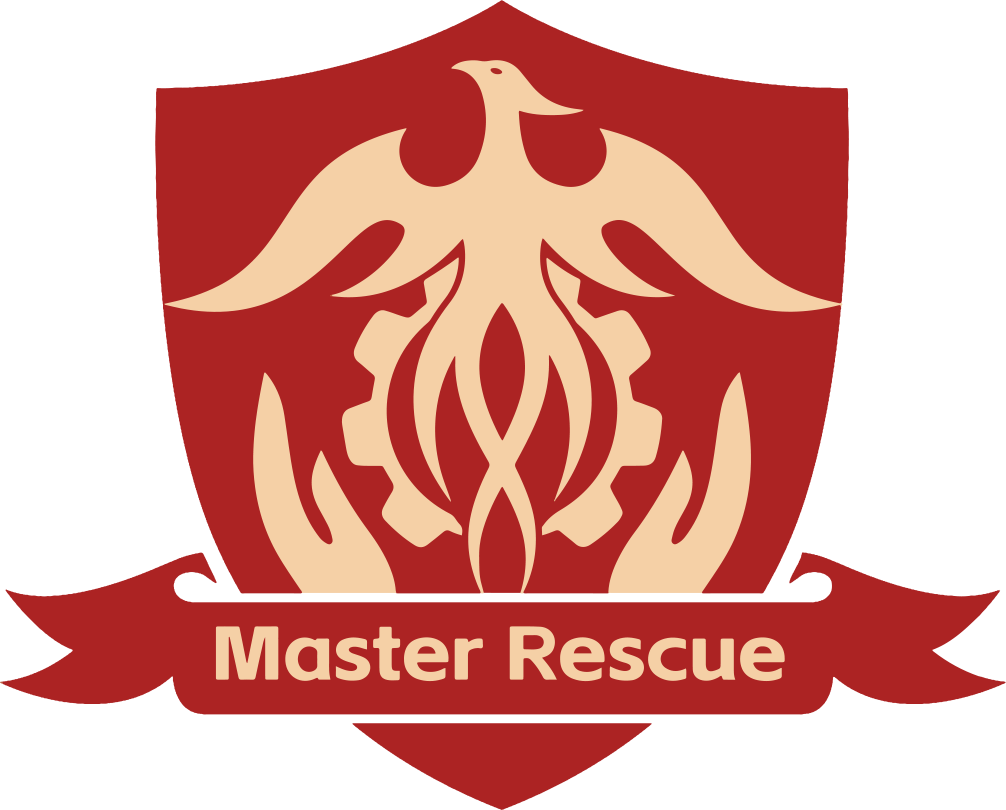The pneumothorax needle is an invaluable tool in emergency medicine, especially in situations where time is critical. Its design and function provide unique advantages that make it a preferred choice for treating tension pneumothorax:
1. Rapid Relief of Life-Threatening Pressure
Tension pneumothorax is a rapidly progressing condition that can lead to cardiac arrest if left untreated. The pneumothorax needle offers an immediate solution by releasing trapped air from the pleural space, thereby relieving pressure on the lungs, heart, and major blood vessels.
- Quick Stabilization: The needle provides rapid decompression, stabilizing the patient long enough to transport them to advanced care.
- Immediate Symptom Relief: Signs like severe shortness of breath, cyanosis, and tracheal deviation improve almost immediately after successful decompression.
2. Portability and Readiness
Pneumothorax needles are compact, lightweight, and designed for field use, making them an essential component of trauma kits.
- Included in Tactical and EMS Kits: Military medics, paramedics, and emergency personnel carry pneumothorax needles as part of their trauma equipment.
- Accessibility in Remote Areas: Ideal for wilderness medicine or disaster response where rapid intervention is crucial, and hospitals may be far away.
3. High Success Rate in Trained Hands
When used by trained personnel, pneumothorax needles have a high success rate in resolving tension pneumothorax.
- Effective Air Release: The large-bore design ensures adequate airflow to relieve pressure quickly.
- Temporary Measure: While it’s not a definitive solution, needle decompression buys critical time until a chest tube or thoracotomy can be performed.
Limitations and Considerations
While pneumothorax needles are life-saving devices, there are some limitations and risks associated with their use:
1. Need for Accurate Placement
Misplacement of the needle can cause complications, such as:
- Damage to Internal Organs: Improper insertion can puncture the heart, liver, or diaphragm.
- Bleeding: The intercostal vessels can be injured if the needle is inserted in the wrong location.
2. Variability in Chest Wall Thickness
In patients with a thicker chest wall (e.g., obese individuals or heavily muscled patients), a standard-length needle may not reach the pleural space.
- Longer Needles May Be Required: Recent studies suggest that longer needles (e.g., 3.25 inches) may be more effective in such cases.
3. Temporary Nature of the Procedure
Needle decompression is a bridge intervention, not a definitive solution. The patient will require a chest tube to fully resolve the pneumothorax and prevent re-accumulation of air.
Training Requirements for Pneumothorax Needle Use
The safe and effective use of a pneumothorax needle requires specialized training for medical personnel, including paramedics, military medics, and emergency physicians. Key training components include:
1. Understanding Anatomy
Knowledge of thoracic anatomy is critical to avoid complications. Trainees learn to:
- Identify landmarks such as the second intercostal space at the midclavicular line.
- Avoid critical structures like the heart, major blood vessels, and liver.
2. Recognition of Tension Pneumothorax
Accurate diagnosis is essential to prevent unnecessary interventions. Trainees must recognize the clinical signs, such as:
- Severe respiratory distress.
- Tracheal deviation.
- Distended neck veins.
3. Mastering the Technique
Hands-on training in needle thoracostomy includes:
- Correct insertion angle and depth.
- Managing complications such as non-functional catheters or improper air release.
- Transitioning to advanced interventions like chest tube placement.
Advanced Variants of Pneumothorax Needles
To address the limitations of traditional pneumothorax needles, manufacturers have developed advanced designs that improve performance and usability. These include:
1. Pre-Loaded Needle Kits
Some kits come with a pre-assembled catheter and needle for faster deployment in emergencies.
2. Reinforced Catheters
Reinforced or kink-resistant catheters prevent collapse after insertion, ensuring continuous decompression.
3. Adjustable-Length Needles
Needles with adjustable lengths can accommodate varying chest wall thicknesses, reducing the risk of failure in larger patients.
Applications Beyond Tension Pneumothorax
While primarily designed for tension pneumothorax, the pneumothorax needle can be used in other medical scenarios, such as:
- Diagnostic Procedures:
- Used to identify pneumothorax in patients with suspected pleural air accumulation when imaging is unavailable.
- Pre-Hospital Care in Mass Casualty Events:
- Effective in disaster response or combat zones, where quick stabilization is essential for multiple casualties.
- High-Risk Environments:
- Included in first aid kits for aerospace crews, diving teams, and high-altitude expeditions, where barotrauma can lead to pneumothorax.
Future Innovations in Pneumothorax Needle Technology
The field of trauma medicine continues to evolve, and advancements in pneumothorax needle design are on the horizon. Some anticipated improvements include:
1. Integrated Pressure Sensors
Needles equipped with pressure sensors can confirm decompression success by measuring changes in intrathoracic pressure.
2. Automated Needle Systems
Next-generation devices may feature spring-loaded mechanisms for precise and rapid insertion.
3. Biodegradable Catheters
Research is exploring the use of biodegradable materials for temporary catheters, reducing the need for removal after definitive care.
Conclusion: The Critical Role of Pneumothorax Needles in Emergency Medicine
The pneumothorax needle is an indispensable tool for managing tension pneumothorax in life-threatening emergencies. Its ability to rapidly relieve pressure in the chest cavity can save lives in pre-hospital and field settings, making it a vital part of any trauma kit.
By ensuring proper training, carrying advanced needles suited to various scenarios, and understanding the risks and benefits, medical professionals and first responders can confidently use pneumothorax needles to stabilize patients and improve survival outcomes. With continuous innovation in medical technology, the future of pneumothorax needle design promises even greater reliability and ease of use in saving lives.
